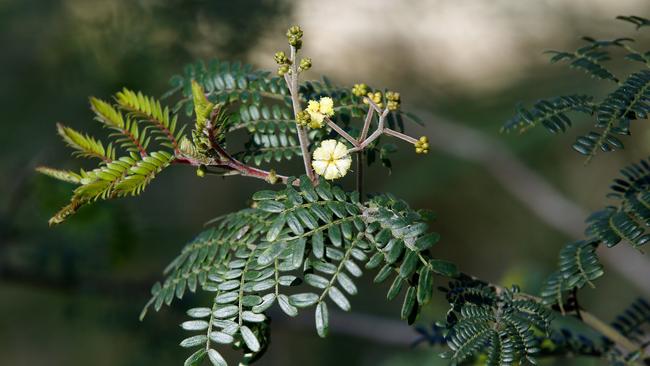Eastern suburbs banksia scrub at risk of extinction
A rare habitat of beautiful wattle and edible berries found nowhere in the world but Sydney’s east has become critically endangered, with fears it won’t survive.
Southern Courier
Don't miss out on the headlines from Southern Courier. Followed categories will be added to My News.
There are fears a unique habitat found only in Sydney’s east will soon be extinct, following a perfect storm of overdevelopment, stormwater run-off, illegal rubbish dumping and weed invasion.
The Eastern Suburbs Banksia Scrub (ESBS), which supports more than 60 unique species including the broom heath which makes edible berries, is fighting for survival after being classified as critically endangered.
According to the NSW Government the habitat has been reduced by 97 per cent, from more than 5300 hectares to less than 127 hectares across Botany, Randwick, Waverley, and Manly.

University of Sydney ecology professor Dieter Holchuli said the group of mostly small, scratchy, brightly-coloured flowers doesn’t exist anywhere else in the world.
“They’re found in only on part of the planet, and that’s in the eastern part of Sydney, but a lot of what was there isn’t there anymore,” he said.
“The reality is that so much has been cleared that the only way forward is through replanting, and that’s a long-term project.”

The federal environment department recently upgraded the status of the ESBS to critically endangered, stating a recovery plan was needed.
A report by the NSW National Parks Service found the ESBS was at significant risk of extinction, with a loss of unique species and infestation of defoliating insects causing canopy decline and tree dieback.
“Management actions should address site specific threats and may involve fire management, bush regeneration, pest control, fencing, and public education,” the report read.
“Management should also aim to increase the security of sites through appropriate protection mechanisms. This may include the preparation of plans of management, entering into voluntary conservation agreements, rezoning for conservation.”
Professor Holchuli said several of the species within the group of plants were also endangered but it was thought “conserving things on species-by-species basis isn’t going to be enough to conserve entire ecosystems”.

Ecological burns were a handy tool in the restoration of threatened fauna, he said, but only when done correctly.
“They’re really difficult because there’s a school of thought they’re absolutely critical to maintaining these habitats, but there is a problem where you burn them too frequently because you can change the dynamics [of the plants],” he said.
A spokesman for the NSW Department of Planning and Environment (DPE) said it had secured funding to restore the critically endangered ESBS.
He said the project was looking at bush regeneration and monitoring work at North Head, Randwick, and Malabar Headland.
“Research to determine appropriate fire regimes for the ESBS is ongoing,” he said.
The Randwick Environment Park is home to some of the remaining ESBS.
At a March meeting, councillors supported a motion to monitor the progress of hazard reduction burns at the park. The motion followed plans to engage with the NSW DPE in updating recovery plans, mapping of weed invasion and the remaining extent of indigenous native flora and fauna in the park.





